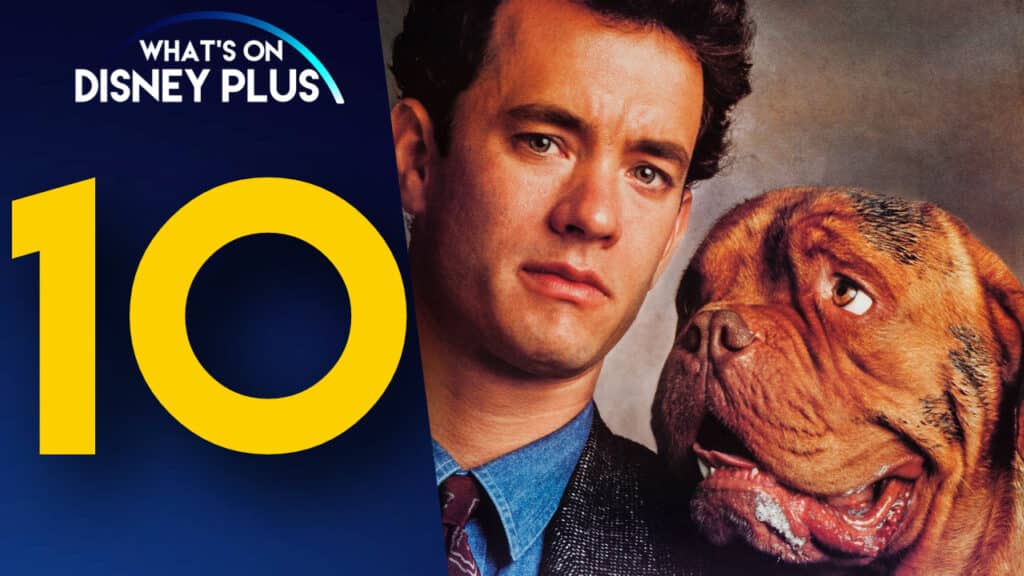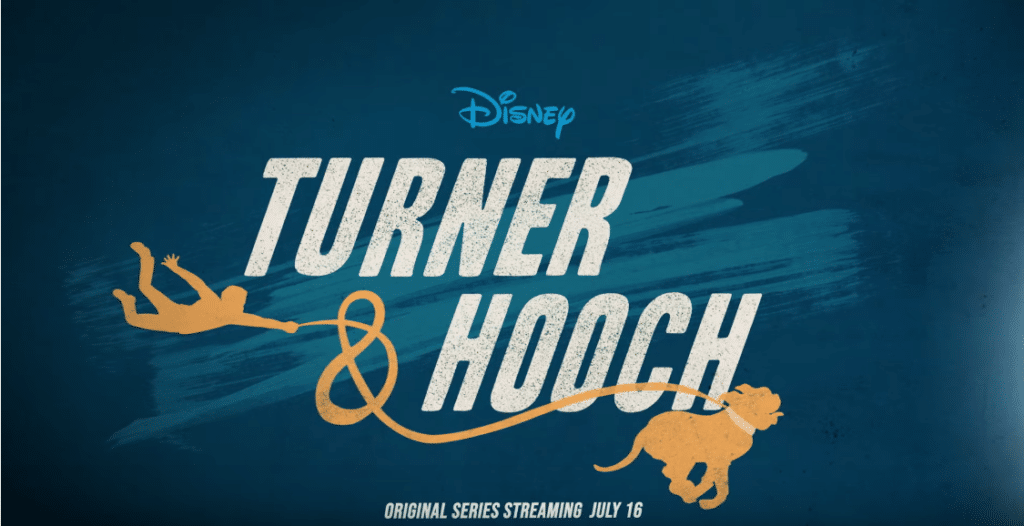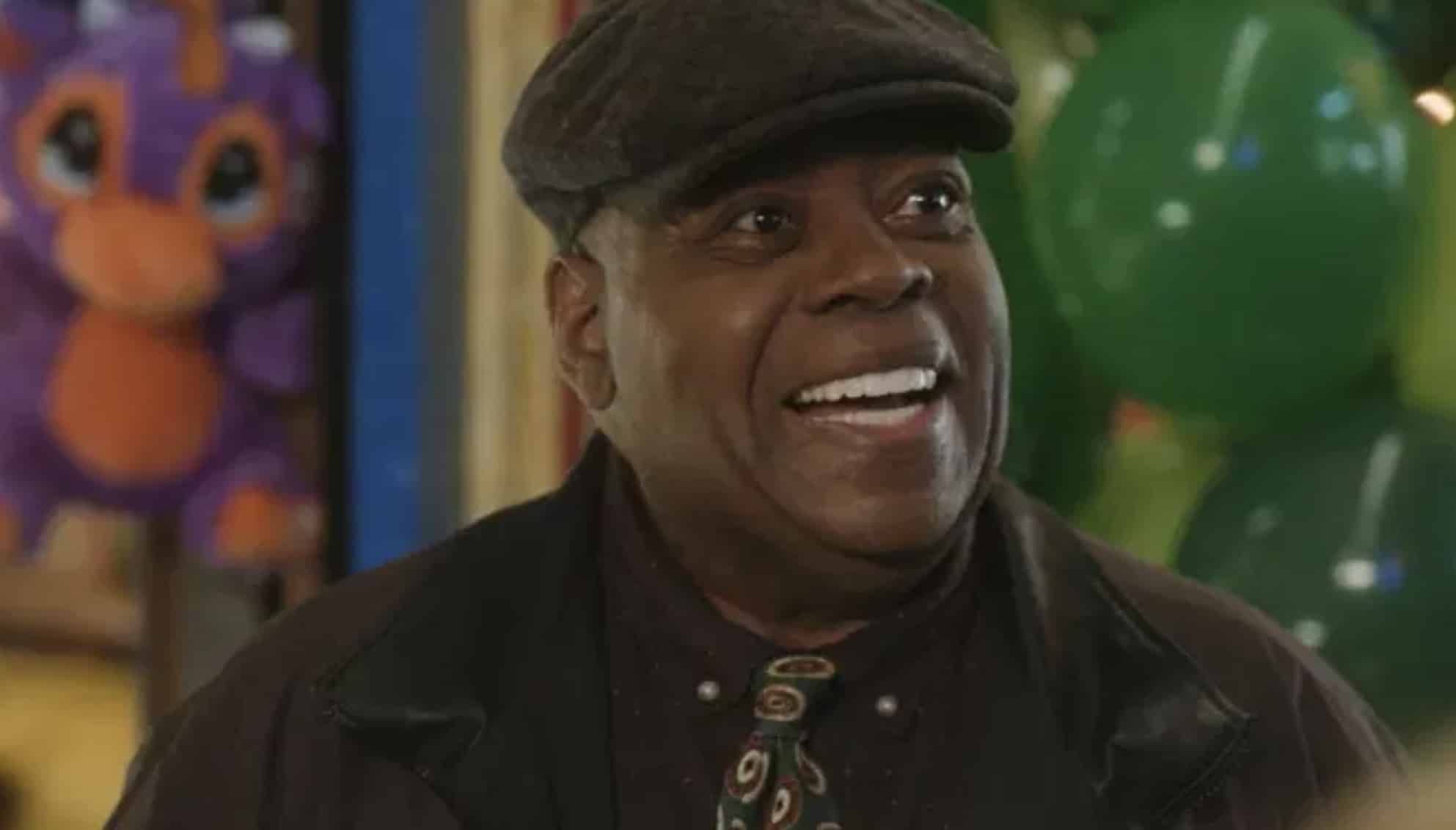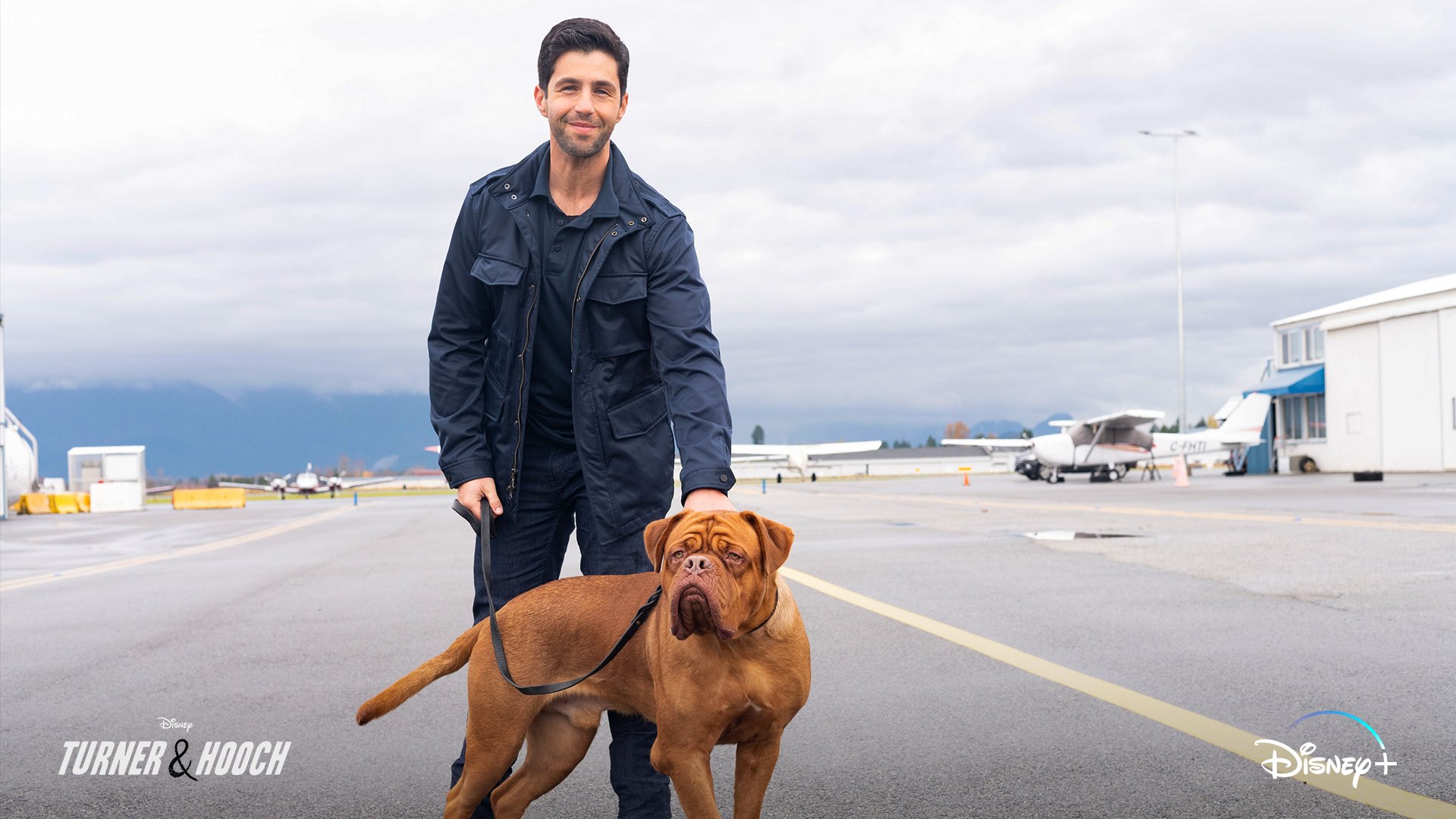
10 Things You Didn’t Know About “Turner & Hooch” (1989)
With the debut of the Disney+ original series Turner & Hooch (July 21), many of us are revisiting the original classic. But how much do you know about the production, slobbery destruction, and television introduction for the film?
Here’s a look back at the filming locations, Dogue de Bordeaux, and a Learjet that shaped the story we’ve come to love.
1.) The film was almost shot in Florida, not California.
Turner & Hooch was shot around California, in places like Pasadena and San Pedro. But the film’s original director, Henry Winkler, first scouted around Florida.
Officials in the costal community of Cortez, northwest of Sarasota, went absolutely gaga during his August 1989 visit, apparently loosing it with excitement when he asked whether he could shut down their main street. No movies had been filmed in the County since Esther Williams and Peter Lawford’s On an Island with You, back in 1948.
But ultimately, St. Augustine was chosen, just a week later. Set to start filming in December, things were delayed. By February 1989, they were set on California.
The location manager and production manager appeared before Carmel City Council, as local battled over whether a film shoot would be good for their community. They harkened back to the era when Clint Eastwood was Mayor, and “countless” tourists would come, hoping to catch a glimpse.
Instead of avoid attention, Carmel brought it on themselves, with dozens of papers across the US reporting on the story. In the end, production moved 6 miles up the road, to Pacific Grove.
2.) Just because two people are both beloved, doesn’t mean that they’ll get along.
If you had to choose the two most amenable men in Hollywood, you’d be hard to go wrong with Henry Winkler and Tom Hanks. Both are known for their good spirits, easy-going nature, and generosity. But they just didn’t click.
Let’s rewind a bit: after Happy Days, the Fonz actor Henry Winkler found it hard to get a job. The mild-mannered man changed course to become a director, and his second feature gig was Turner and Hooch.
“I was directing that movie, for 13 days, and then I was called into Jeff Katzenberg’s office, and he said ‘do you have everything with you? Go home,’” Winkler recalled on Watch What Happens Live with Andy Cohen. “I got along great, great, with that dog. Love that dog.”
Shortly after, Winkler walked the comments back to TMZ, pointing out that they hung out recently at the Screen Actor’s Guild Awards. Mutual friend Ron Howard has clarified that it was simply different working styles, and that Hanks and Winkler have had no animosity for decades.
The film was ultimately directed by Roger Spottiswoode. He’s claimed that the film had got “stuck, and they were reshooting their reshoots.”
Henry can be heard as Tylor’s boss Fritz, on Monsters at Work.
3.) Hooch’s breed, the Dogue de Bordeaux, is really rare.
Producers for the film considered 50 different big dog breeds, including Airedales, shepherds, and Rottweilers. Once the breed was picked, trainer Clint Rowe picked two dogs, working with them on a ranch north of Los Angeles.
As of 1989, there were only 2000 of the caramel-coloured Dogue de Bordeaux breed in the world. The movie helped its popularity, to the point where the American Kennel Club fully recognized the breed in 1997. (It’s classified as part of the “Working Group.”)
One of the dogs, Beasley, went on a 10-city promotional tour, thanks to Pet Department, a chain store. Hanks, meanwhile, only did a Today show appearance.
4.) The dogs had specialized training, beyond most film animals.
Most productions, the trained animals are looking at their trainer, just outside of the shot. A properly aligned camera make it look like they’re paying attention to the star, but they’re not.
Cousins Scott and Clint Rowe had Hooch trained to take commands from whomever had the clicker. “The trainer would give Tom Hanks the little clicker, and Tom would make the click, and the dog would look at him. And from then on, until he handed the clicker back, that was the only person Hooch was interested in, Tom.”
5.) The stakeout scene was improvised, and filmed for an hour straight.
No matter how talented a dog that you cast in your movie, there are limits. As director Spottiswoode put it, “you can’t give Hooch the script, he wasn’t very good at reading.”
So for the all-night stakeout scene, the director decided that Hanks and Hooch “would just have to improvise this… So we’d shot it continuously with four cameras, that had different amounts of film in them when we started, so that they always ran out of film in different places. So there was always two cameras going. And we ran for an hour or two, and Tom kept giving a Hooch a little bit more food and talking to him, and Hooch reacted and so forth.”
Movies are generally only shot with one camera at a time, whereas multi-camera setups are reserved for live television and sitcoms.
6.) Hooch’s slobber was intense. Car destroying intense.
After just an hour of filming, the passenger’s side seat in the stakeout car was so wet with slobber, that the dog began sinking down. They had to stop production to change out the seat.
7.) Hate it when Hooch dies? Blame Encino.
According to Spottiswoode, Jeffrey Katzenberg requested an alternate ending, where Hooch lives. They organized two preview screenings, five minute apart, in an Encino theatre.
Then came the audience testing. “They both did incredibly well, the audience response was almost exactly the same. But by a tiny margin, people preferred Hooch dying, at least in this preview.” With nothing to help them decide, statistically, Katzenberg left it up to the director.
He brought the matter to the producers, and they decided to let Hooch die.
Returning home to England, instead of being greeted by general niceties on the street, people he knew would question his choice: “how could you kill the dog?”
8.) Hooch had his own Learjet.
None of the dogs who played Hooch liked the cargo hold of a plane. So in the contract, all flights — to set, to media appearances — came with a private Learjet.
All was good until one flight, where there was turbulence. You see, there’s no such thing as a seatbelt for a massive dog. The pilots panicked about the fate of the dog — he was fine — but didn’t want to fly the prized passenger after that.
9.) The film helped convince Tom Hanks to sign up for Toy Story.
It’s hard to imagine now, but the idea of a full-length computer animated feature film was anything but a sure bet. CG cartoons to that point could be notoriously awkward, fun for a short, but too taxing to watch for too long.
To attract Tom Hanks to the project, Pixar animators created an animation test of Woody, using audio from Turner and Hooch.
10.) Turner & Hooch was almost turned into a television series in 1990.
Tom Hanks had a golden touch with movies. Naturally, television studios were lining up to attempt to adapt his movies into series. CBS nearly greenlit a sitcom based on the movie Big for the 1990 season.
That same year, Turner & Hooch was given a pilot episode by NBC, with Thomas F. Wilson (Back to the Future‘s Biff Tannen) in the lead role.
Contrary to popular account, it wasn’t aired as an episode of NBC’s The Wonderful World of Disney. Only a half-hour long, it aired on a Monday evening. (The previous night’s Wonderful broadcast was the first half of Amy.)
It was followed at 8:30 pm by the similarly unsuccessful pilot Poochinski. That series would have featured a talking bulldog, whose body was inhabited by a cop killed in the line of duty. Who knows, maybe Disney Plus will reboot it, too: the series was created by 20th Century Fox Television.
The original “Turner and Hooch” film is available to stream on Disney+ and the new series is coming to Disney+ this summer from Wednesday 21st July.



